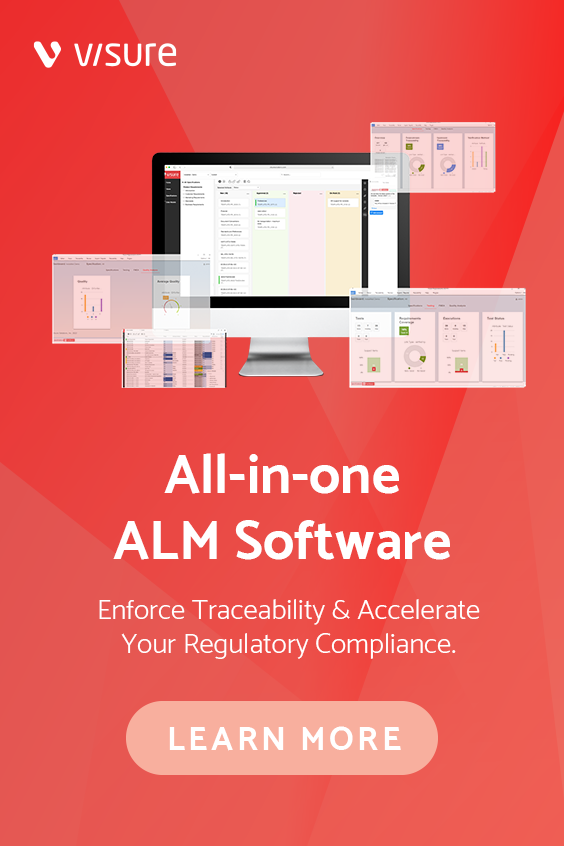Introduction:
In the fast-evolving landscape of technology, the integration of Artificial Intelligence (AI) has become a game-changer in various industries. One of the critical domains benefiting significantly from AI is safety-critical development. In this article, we will delve into the transformative impact of AI on accelerating safety-critical development processes and ensuring robust compliance. Let’s explore the innovative applications, challenges, and the promising future of AI in this vital sector.
The Role of AI in Safety-Critical Development:
Safety-critical development, encompassing industries like aerospace, healthcare, and automotive, demands meticulous attention to detail and adherence to stringent regulations. AI, with its cognitive abilities, is reshaping the traditional methodologies. It introduces intelligent automation, enabling organizations to address complex challenges efficiently.
AI-Powered Risk Mitigation:
Artificial Intelligence serves as a beacon in risk mitigation. Advanced algorithms analyze vast datasets to identify potential hazards and vulnerabilities early in the development cycle. This not only enhances safety protocols but also significantly reduces the likelihood of unforeseen issues during the product’s lifecycle.
Enhanced Decision-Making:
AI algorithms process information at speeds beyond human capacity, facilitating quicker and more informed decision-making in safety-critical scenarios. This acceleration is crucial, especially in situations where split-second decisions can be a matter of life and death, such as in autonomous vehicles or medical emergencies.
Predictive Maintenance:
In industries where equipment reliability is paramount, AI-driven predictive maintenance is a game-changer. By analyzing historical data and predicting potential failures, organizations can proactively address issues, minimizing downtime, and ensuring the continuous operation of safety-critical systems.
Accelerating Development Cycles with AI:
Traditional safety-critical development processes are often time-consuming, involving extensive testing and validation. AI interventions aim to streamline these cycles without compromising on the robustness of the end product.
Automated Testing and Validation:
AI automates the testing and validation processes, significantly reducing the time required for these crucial steps. Machine learning algorithms can learn from past testing experiences, and adapt, and optimize test scenarios, leading to faster and more efficient validation cycles.
Iterative Prototyping with AI:
Machine learning algorithms facilitate iterative prototyping by learning from each prototype’s strengths and weaknesses. This iterative approach allows for continuous improvement, ensuring that safety-critical systems evolve rapidly, meeting the dynamic demands of the industry.
Efficient Resource Allocation:
AI algorithms analyze resource utilization patterns, allowing organizations to optimize the allocation of manpower, time, and resources. This efficiency contributes to faster development cycles and cost-effectiveness in safety-critical projects.
Compliance Assurance through AI:
Compliance with industry standards and regulatory frameworks is non-negotiable in safety-critical development. AI brings a paradigm shift in how organizations approach and ensure compliance, mitigating the risk of non-compliance and associated repercussions.
- Automated Documentation: AI streamlines the documentation process, ensuring that every step of the development cycle is meticulously recorded. Automated documentation not only reduces the burden on development teams but also creates a comprehensive trail for compliance audits.
- Verification and Validation Automation: Ensuring compliance involves rigorous verification and validation processes. AI automates these processes, providing a systematic and efficient way to check if the developed systems meet the predefined safety and regulatory criteria.
- Dynamic Regulatory Compliance Monitoring: Regulations in safety-critical industries are dynamic, and AI excels in real-time monitoring of regulatory changes. Automated systems can promptly adapt to new compliance requirements, ensuring that safety-critical systems remain aligned with the latest standards.
Innovative Risk Management Strategies with AI:
Effective risk management is a cornerstone of safety-critical development. AI introduces innovative strategies to identify, assess, and mitigate risks, fostering a proactive approach to safety.
- Proactive Hazard Identification: AI algorithms sift through vast amounts of data to identify potential hazards and risks before they materialize. This proactive hazard identification is crucial in preventing safety issues and ensures that development teams can address vulnerabilities early in the process.
- Continuous Risk Assessment: Unlike traditional risk assessments that are periodic, AI allows for continuous risk assessment. Real-time data analysis ensures that risk profiles are continuously updated, enabling organizations to adapt to changing circumstances and emerging threats swiftly.
- Adaptive Safety Protocols: AI enables the development of adaptive safety protocols that respond dynamically to the evolving risk landscape. Machine learning algorithms learn from incidents and near-misses, allowing safety-critical systems to continually improve and adapt to emerging challenges.
Real-world Success Stories:
The true measure of AI’s impact lies in real-world success stories where organizations have successfully leveraged AI to accelerate safety-critical development and ensure compliance.
Aviation Industry:
In the aviation sector, AI has been instrumental in optimizing flight routes, predicting maintenance needs, and enhancing air traffic management. These applications not only improve efficiency but also contribute to the overall safety of air travel.
Healthcare Sector:
In healthcare, AI is revolutionizing patient safety through predictive analytics, early disease detection, and personalized treatment plans. AI-driven medical devices and systems ensure that patient care remains at the forefront of innovation while adhering to regulatory standards.
Automotive Innovation:
The automotive industry is witnessing a transformation with the integration of AI in autonomous vehicles. From advanced driver assistance systems to self-driving capabilities, AI is at the core of ensuring safety and compliance in the rapidly evolving automotive landscape.
Conclusion:
As we navigate the intricate landscape of safety-critical development, it becomes evident that AI is not just a tool but a catalyst for positive change. The marriage of AI with safety-critical processes accelerates development cycles, enhances compliance, and introduces innovative risk management strategies. Real-world success stories underscore the tangible benefits of incorporating AI, paving the way for a future where safety-critical systems are not only efficient and compliant but also at the forefront of technological innovation. Embracing the power of AI is not just an option; it is a necessity for industries committed to ensuring the highest standards of safety and compliance.
In this webinar, you’ll get:
- AI in Safety-Critical Development: Explore how Artificial Intelligence is revolutionizing safety-critical development processes, providing intelligent solutions for risk mitigation and efficient compliance management.
- Accelerating Development Cycles: Discover the ways in which AI technologies are expediting development cycles in safety-critical projects, leading to faster time-to-market without compromising on quality or compliance standards.
- Compliance Assurance with AI: Understand the role of AI in ensuring regulatory compliance by automating documentation, verification, and validation processes, thus minimizing the risk of non-compliance and associated penalties.
- Innovative Risk Management: Learn about innovative AI-driven risk management strategies that enable organizations to proactively identify, assess, and mitigate potential safety hazards, fostering a culture of continuous improvement in safety-critical environments.
- Real-world Case Studies: Gain insights from real-world case studies where AI has been successfully implemented to enhance safety-critical development, providing tangible examples of improved efficiency, reduced costs, and heightened compliance.


